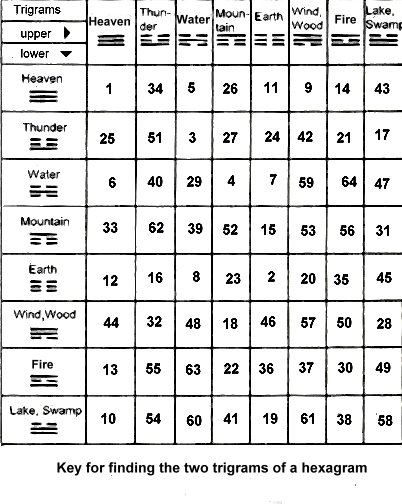What secret lies behind the following 12 charts hidden in the I-Ching?
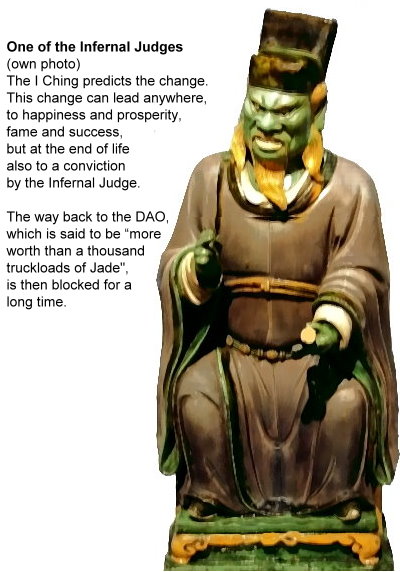
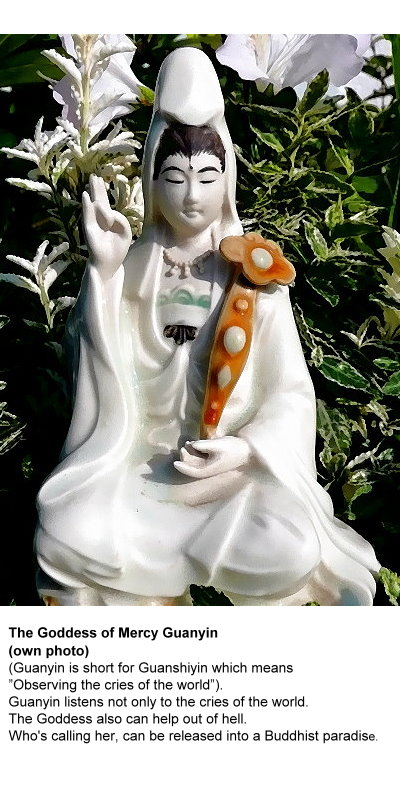
What secret lies behind the following 12 charts hidden in the I-Ching?
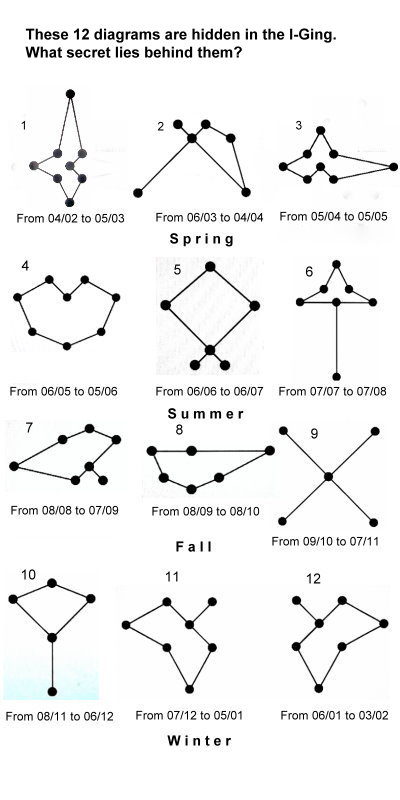
The 12 diagrams of the picture above are the frequency distributions of the trigrams of the 64 hexagrams of the I Ching which were elected in the following manner:
In assigning the 64 hexagrams of the I Ching to the 24 solar periods of a Chinese year, the 64 hexagrams represent 2 years and 16 months.
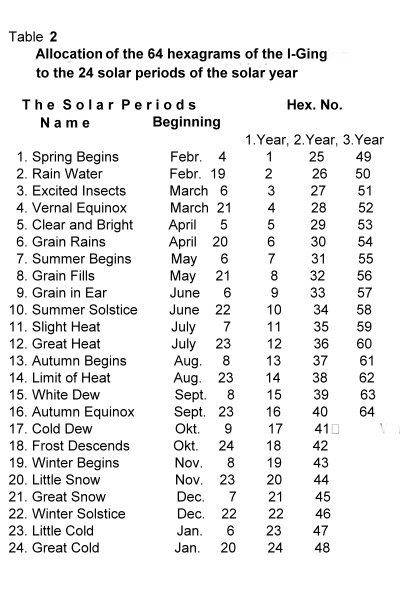
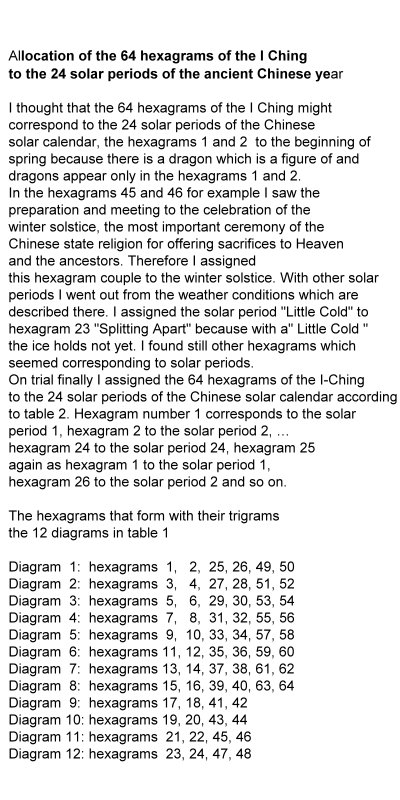
The components of the hexagrams are the 8 trigrams sky, wind, water, mountain, earth, thunder, fire and sea. Diagrams of the frequency distributions of sums of the trigrams of the hexagrams of the two solar cycles of beginning, middle or end of the four seasons show the 12 diagrams below. Each of the 12 diagrams is the result of the frequency distribution of the trigrams of 4, respectively 6 hexagrams of the named periods. The order of the trigrams in the frequency distribution is the same as that of the trigrams in the Early Heaven sequence. The frequency distributions of the trigrams in the Late Heaven sequence show only confused results.
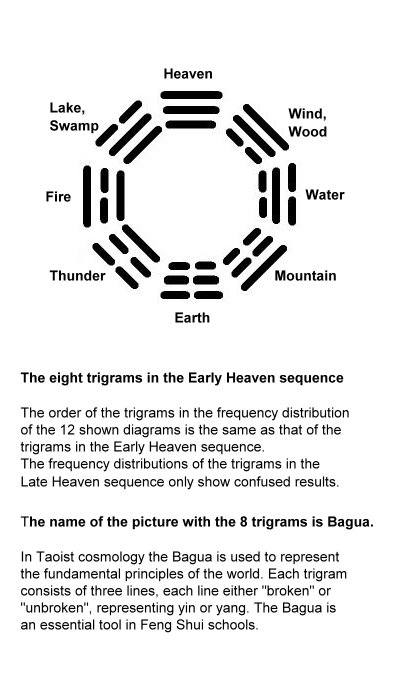
Some of the diagrams show a great symmetry and are very beautiful. Because of that someone must have planned them. By chance, there are no such graphs. What could these pictures mean? What secret lies behind them? They are linked to the seasons. Because of that they should show something of the seasons. But what do they show? Plants perhaps? Diagram 6 and diagram 10 look like flowers. But the diagram with the day of the autumn equinox seems more like a boat. At the day of the equinox day and night are of equal length. Day and night are then in balance. A boat must be in balance with the water. When a boat is out of balance, it is in danger to sink.
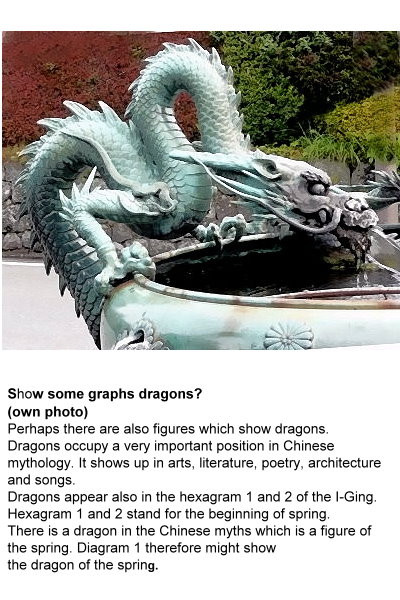 Figure 1 (beginning of spring) and Chart 3 (end of spring) have the same shape. Only the position is different. Figure 1 extends in the vertical direction, Figure 3 in the horizontal direction. The same shape too have the graphs 11 (midwinter) and 12 (end of winter). Their shape is that of a carriage. Their position however is also different. They are rotated 90 degrees to each other. Perhaps there are also figures which show dragons. Dragons occupy a very important position in Chinese mythology. It shows up in arts, literature, poetry, architecture and songs. Dragons appear also in the hexagram 1 and 2 of the I-Ging. Hexagram 1 and 2 stand for the beginning of spring. There is a dragon in the Chinese myths which is a figure of the spring. Diagram 1 therefore might show the dragon of the spring.
Figure 1 (beginning of spring) and Chart 3 (end of spring) have the same shape. Only the position is different. Figure 1 extends in the vertical direction, Figure 3 in the horizontal direction. The same shape too have the graphs 11 (midwinter) and 12 (end of winter). Their shape is that of a carriage. Their position however is also different. They are rotated 90 degrees to each other. Perhaps there are also figures which show dragons. Dragons occupy a very important position in Chinese mythology. It shows up in arts, literature, poetry, architecture and songs. Dragons appear also in the hexagram 1 and 2 of the I-Ging. Hexagram 1 and 2 stand for the beginning of spring. There is a dragon in the Chinese myths which is a figure of the spring. Diagram 1 therefore might show the dragon of the spring.
